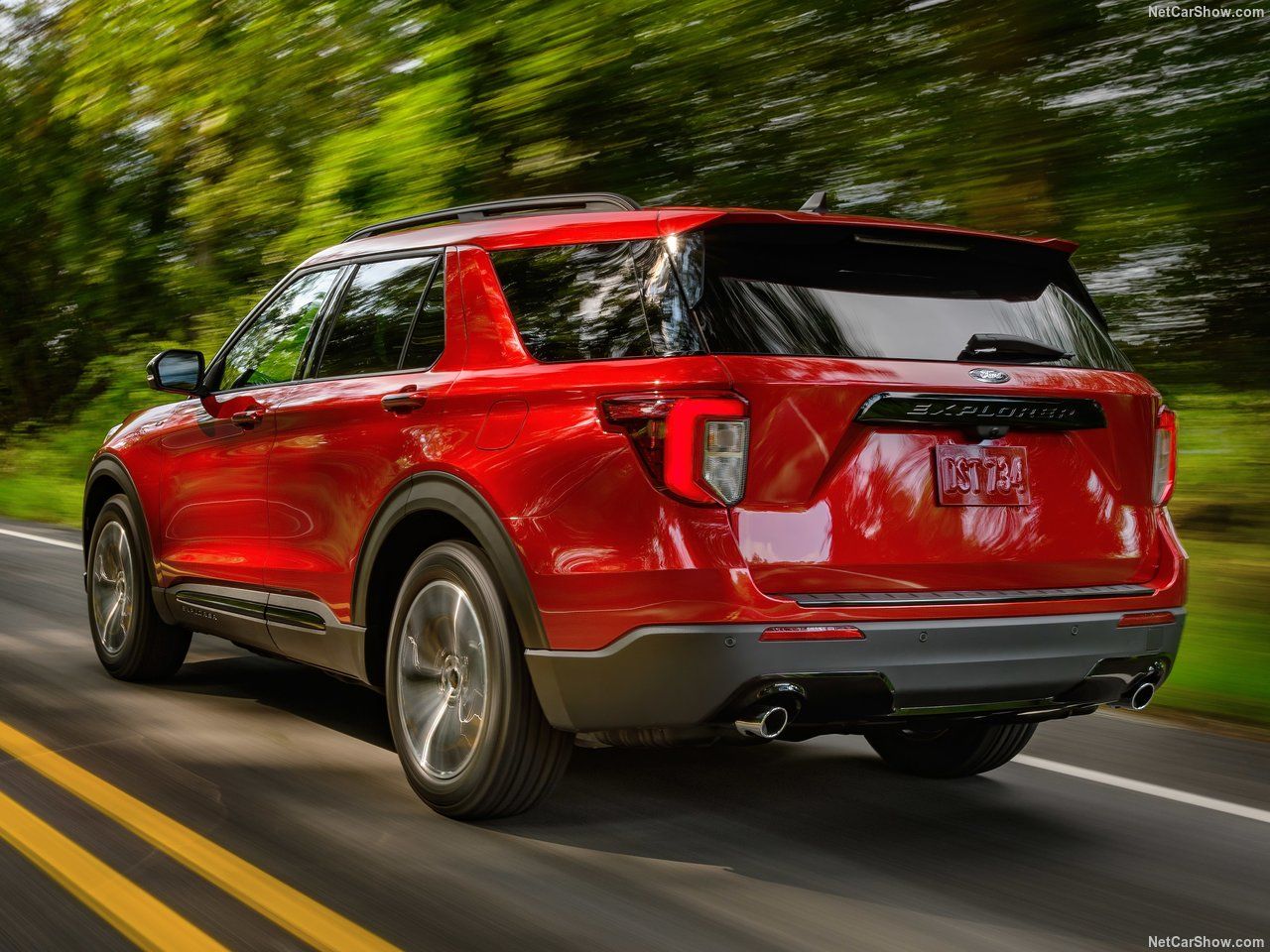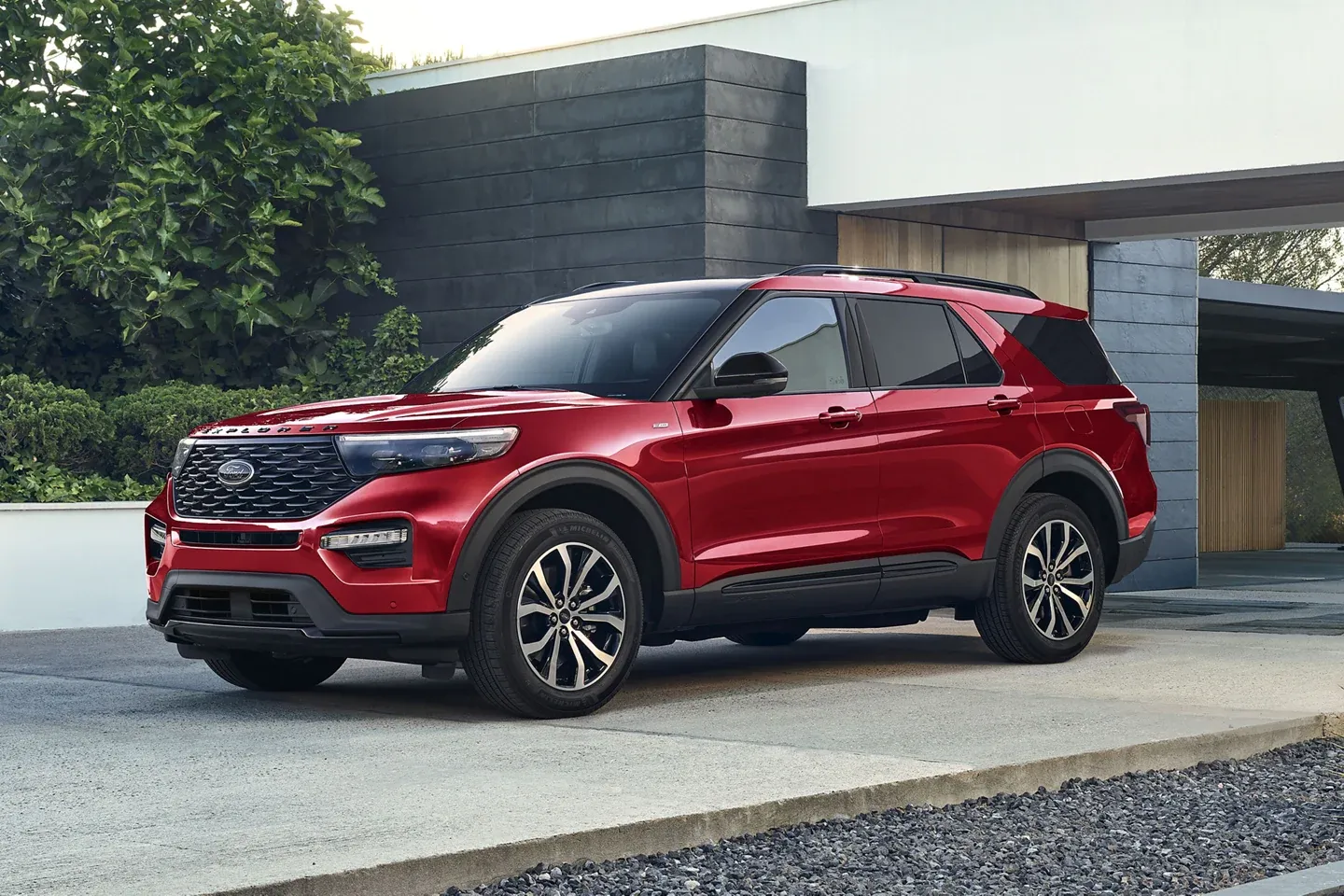One of the most popular American-made family haulers, the Ford Explorer, offers great qualities both in terms of performance and durability.
Without upgrading from the standard engine, you can expect 290 horsepower under the gas pedal in a Ford Explorer. Things will get even better if you opt for the 3.5L EcoBoost engine that produces 365 horsepower without compromising fuel economy.
A used Ford Explorer can be an excellent option for those looking for an SUV that can take care of everyday tasks and a lot of traveling. The price range of a used Ford Explorer is lower than competitors, making the price-to-value ratio even better.
However, there are things to take into account if you’re opting for a Ford Explorer, to ensure you’re making the right purchase. Let's take a look at different model years and the overall durability of the Explorer.
Most Recent Ford Explorer Years Are Hassle-free And Reliable, The 2002 and the 2006 Models Should Be Avoided Due To Costly Problems
Most Ford Explorer models from 2007 onwards come with significantly fewer problems and owner complaints, making them splendid options in terms of reliability in the used car market. However, there are still a few things you might want to look for to ensure you’re making the best purchase.
According to reports on the Car Complaints website, some 2016 Explorer owners had problems with the wrench light turning on. The dealership usually took care of the issue when they inspected the car without charging the owners.
The 2013 Explorer had a fair share of body/paint issues and complaints. Owners noticed the paint on the hood bubbling around the perimeter. According to NHTSA, Ford has recalled the 2013 Explorer 11 times, with the most recurring issue being the rear suspension toe link fracture.
Other models are subject to significantly fewer recalls on the NHTSA’s website. The 2014 model, for example, has six recalls, making it a more valuable SUV than its previous model year.
If you stumble upon Ford Explorer models from 2002 to 2004, you better avoid them, since they’re the most problematic years.
With almost 4,000 filed complaints, the 2002 model has the highest number of problems among other Explorer years. Many complaints concern transmission failures that can cost up to $2,840 to fix. Other than that, the 2002 Explorer seems to be suffering from even more severe body/paint concerns.
The 2006 Ford Explorer is also a black sheep in the lineup. It comes with more than 700 filed complaints on the Car Complaints website, and almost half of them pertain to transmission issues. Though the reported transmission difficulties aren’t as frequent as the 2002 model, they are more severe and occur in lower mileages, making the 2006 Explorer a year buyers should avoid.
If Maintained Properly, A Ford Explorer Can Reach 200,000 Miles
According to many reputable sources, the average lifespan for a Ford Explorer is somewhere between 80,000 to 200,000 miles. However, owners putting out 300,000 miles or more on the Explorer’s odometer is certainly not unheard of.
The average car owner in the US drives roughly 14,000 miles on a yearly basis. That means you can expect an Explorer to last you up to 14 years of use without needing any costly overhauls.
Typically, you’d want to expect major overhauls regarding the engine or the transmission system around the 150,000-mile mark for any car. However, if you’re the third or the fourth owner of a Ford Explorer, expecting engine or transmission replacement at around 100,000 miles would be a safer bet.
Following Ford’s suggested routine schedule can ensure your Explorer stays up and running for a longer time.
Some critical services include:
- Every 5,000 to 10,000 miles: change engine oil and filter, rotate tires, perform multi-point inspection.
- Every 20,000 to 30,000 miles: replace the cabin air filter and engine air filter.
- Every 100,000 miles: replace the engine coolant, spark plugs, and accessory drive belts (if needed).
- Every 150,000 miles: change the automatic transmission fluid.
According to Repair Pal, the average annual cost of ownership for a Ford Explorer sits at $732, which is more expensive than the average for the midsize SUV segment.
A Used Ford Explorer Can Be A Decent SUV To Purchase, So Long As You Avoid Problematic Model Years
The Ford Explorer is a dependable midsize SUV that offers potent engines and outstanding towing capabilities. It can meet your needs both as an everyday commuter car and a road-trip companion.
If you’re in the market for a used Ford Explorer, you should avoid models from 2002 to 2004 due to a high number of problems. Most of the newer models are reliable and hassle-free, with the 2013 and 2016 Explorers being exceptions. Car Complaints says the 2006 model is the worst of the bunch and should be avoided entirely.
The 2014 Model offers excellent durability and comes with significantly fewer issues, making it an excellent option for those looking for a used midsize SUV.




